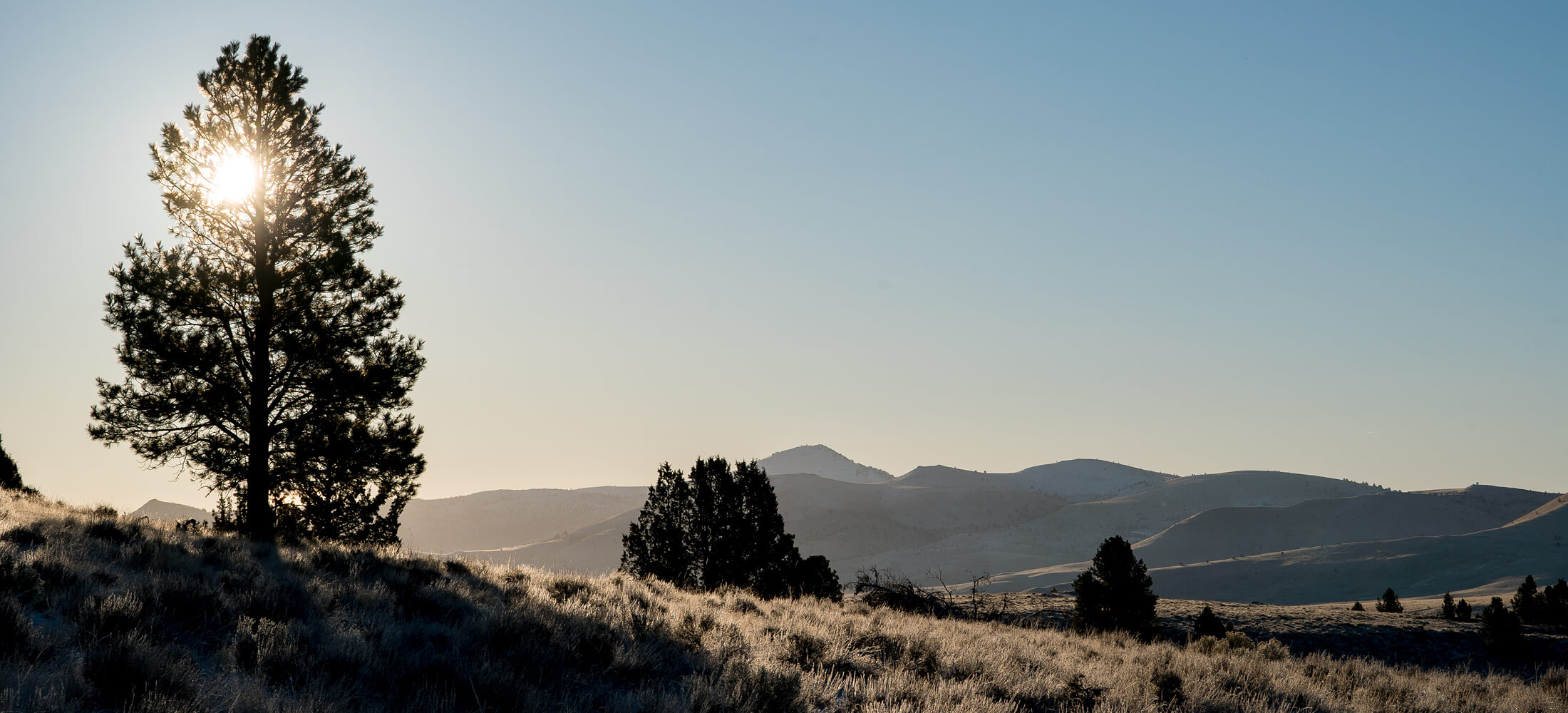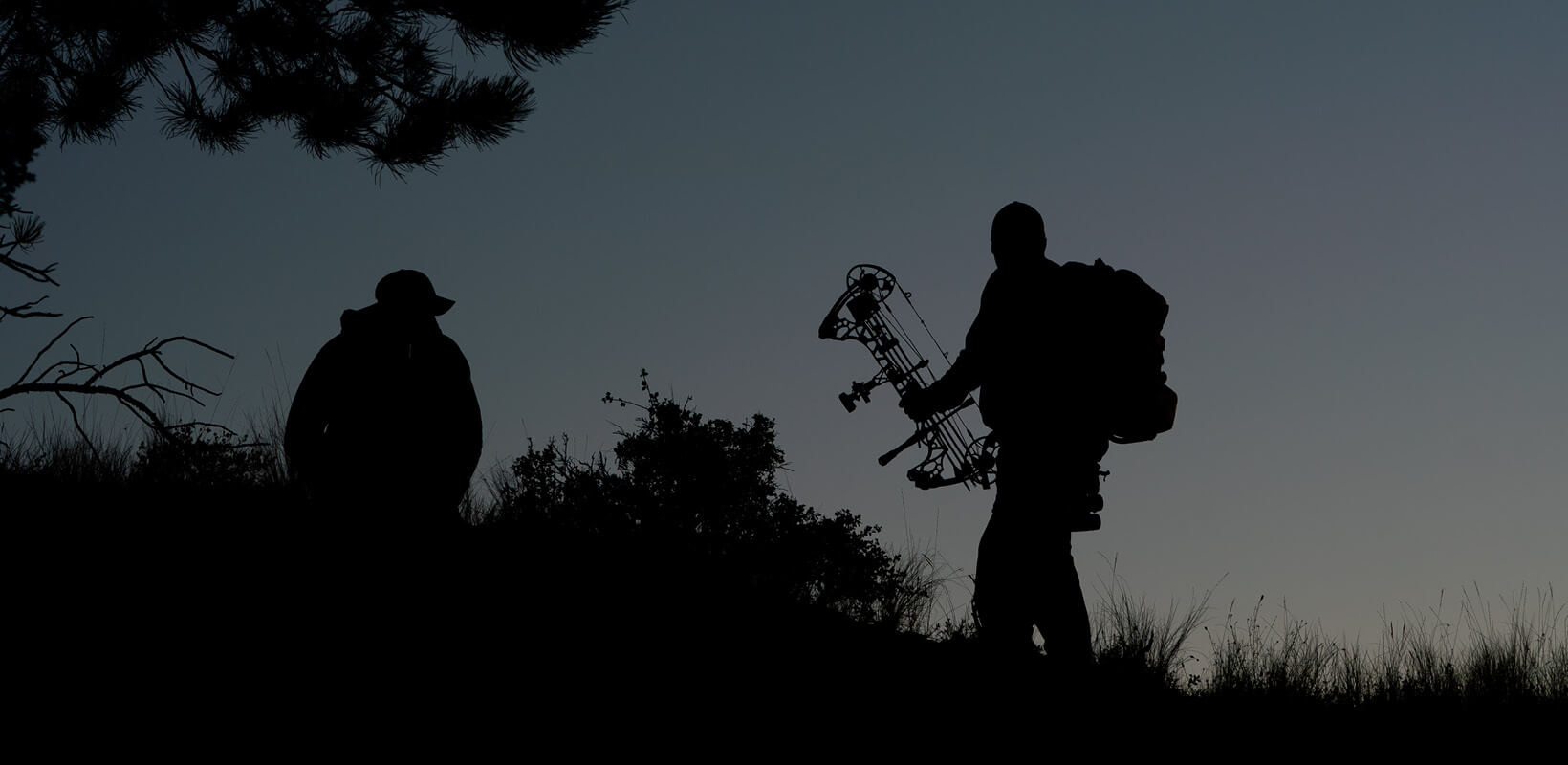
Land Protection
RMEF works with partners to permanently protect quality elk range, migration corridors and calving areas while seeking to open or improve quality public access opportunities. Conservation tools include land acquisitions and exchanges, voluntary conservation agreements, contributions and other means.

Habitat Stewardship
Quality habitat (food, water, cover and space) is essential to ensuring the future of elk and other wildlife. RMEF and its partners provide financial support to carry out prescribed burning, forest thinning, noxious weed treatments, the establishment of wildlife water developments and other projects to enhance elk habitat. Additionally, RMEF provides grants for wildlife management and research.
Elk Restoration
RMEF, state wildlife agencies and partners have helped restore elk populations in West Virginia (2016), Virginia (2012), Missouri (2011), North Carolina (2001), Tennessee (2000) and Ontario, Canada (1998), Kentucky (1997) and Wisconsin (1995). Through RMEF’s Eastern Elk Initiative, past elk restoration efforts have helped ensure a future where the residents and visitors to eastern states have an opportunity to view and eventually hunt elk. Following the success of the restoration program, RMEF is helping ensure healthy elk herds continue to thrive through land protection, access and habitat enhancement projects.
Open Public Access
Opening and securing quality public access lies at the heart of the RMEF mission. Since 1984, RMEF has opened, secured or improved public access to more than 1.59 million acres of elk habitat across the country for hunters, hikers, anglers and other outdoor enthusiasts to enjoy.

Hunting Heritage
Ensuring the future of our hunting heritage is a crucial part of RMEF’s work. Hunters were the first conservationists and remain the mightiest force the conservation world has ever known. RMEF provides grants for hunting heritage and conservation education programs to help people learn more about our hunting heritage and help them engage in hunting and other outdoor pursuits. Go here to learn more about RMEF hunting heritage grants.